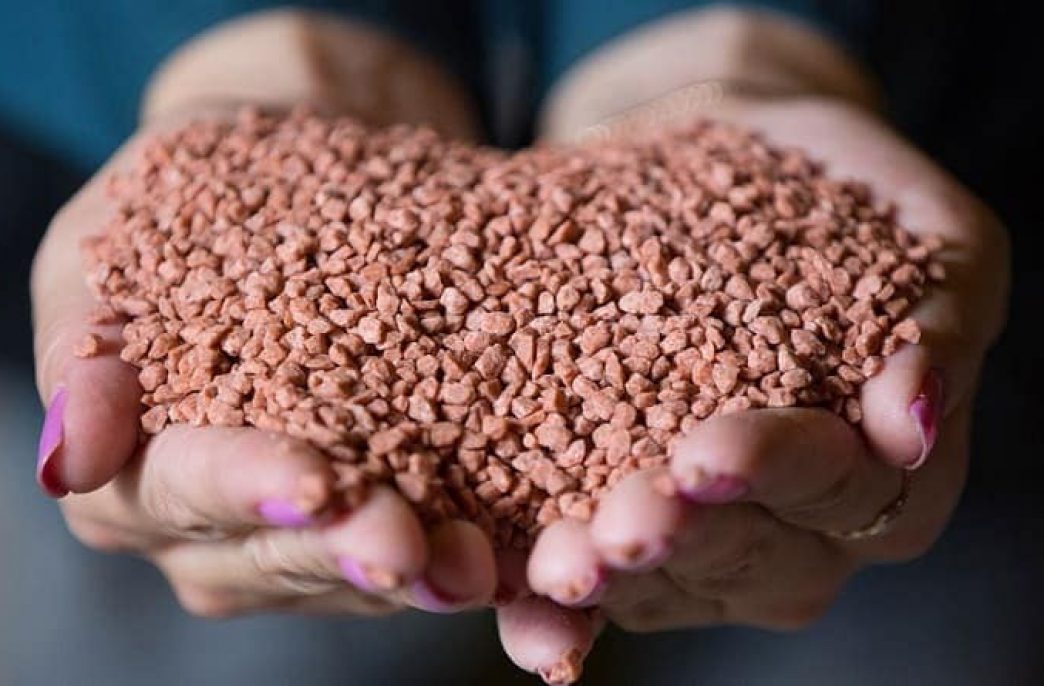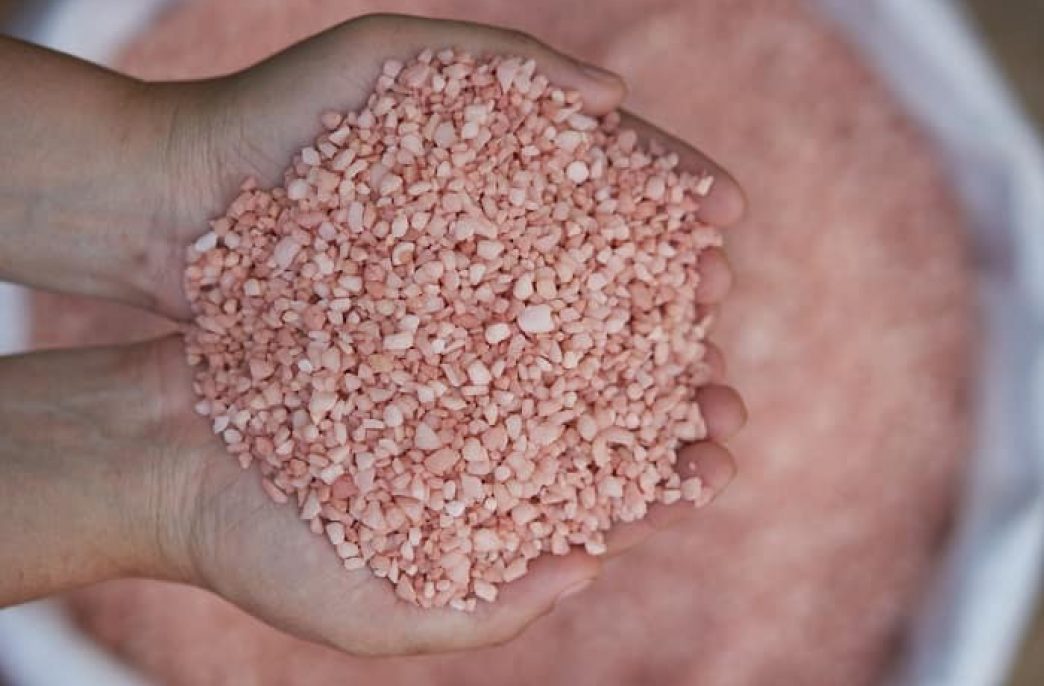Potassium sulfate for flowers

If your plants in the garden, on the garden or window sill look offended, the tips of the leaves begin to dry out on them – which means they need potassium sulfate. This widely known, very common fertilizer is used on all types of soils for all plants, especially those that react painfully to excess chlorine.
Wood ash has always been a favorite top dressing; ash has been used on various soils. Today it’s not so often that people heat the stove with firewood, and potash can be bought in the store. Potassium sulfate is available in the form of a white crystalline powder, it is yellowish or grayish in color, it is easily soluble in water. The fertilizer consists of 50% potassium, 18% sulfur, a small amount of magnesium and very little calcium. Unlike ash, it is easily soluble in water, so it is so easy to use.
Potassium sulfate helps increase the content of sugars and vitamins in fruits. Thanks to him, the productivity of fruit crops increases, plants tolerate winter better, no matter how severe it may be. Its use is good for greenhouse plants and in open ground. It serves excellently for dressing indoor flowers. Potassium sulfate is used in the cultivation of all types of soils: sod-podzolic, peaty, as well as chestnut, gray earth, even acidic. Potassium easily moves inside sandy soils, but does not change the horizon when it enters heavy loamy soils. Therefore, they try to make it exactly where the main roots of the plant are located. In the fall, it is advised to feed clay soils, and bury the fertilizer immediately deeply, and in the spring to apply in light sandy and very close to the surface.
To avoid such an unpleasant moment, food is introduced in advance. This can be done with a general digging of the plot in the fall or spring, it can be combined with watering during plant growth. Potassium sulfate, like ash – this fertilizer can be used throughout the entire vegetative period. It gives good results on peat soils. But on chernozem, its use is justified for crops that consume a lot of potassium and sodium, for example, for sunflower, sugar beets, potatoes. Application on chestnut and gray earth soils varies depending on specific plants or growing technologies.




